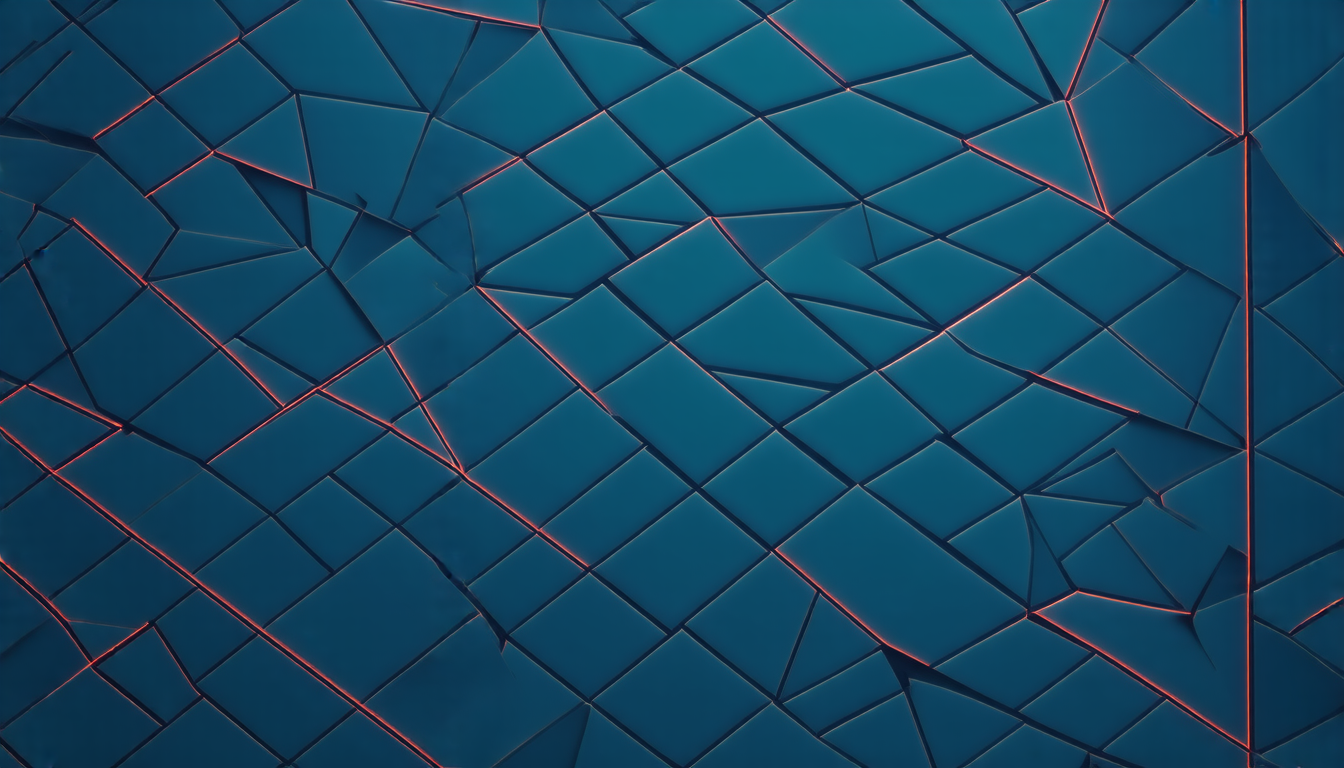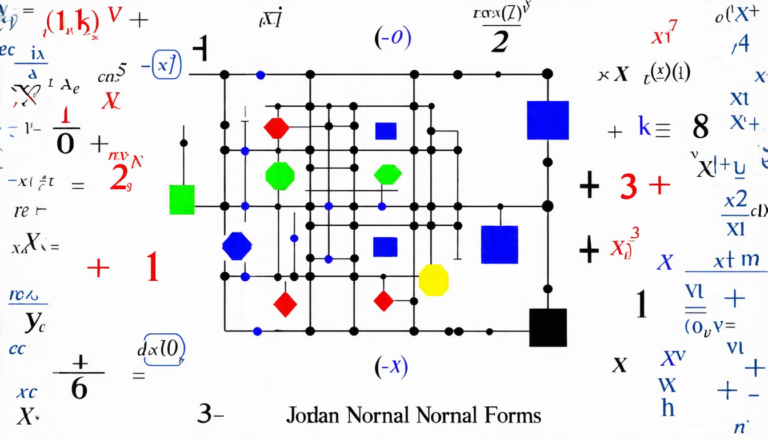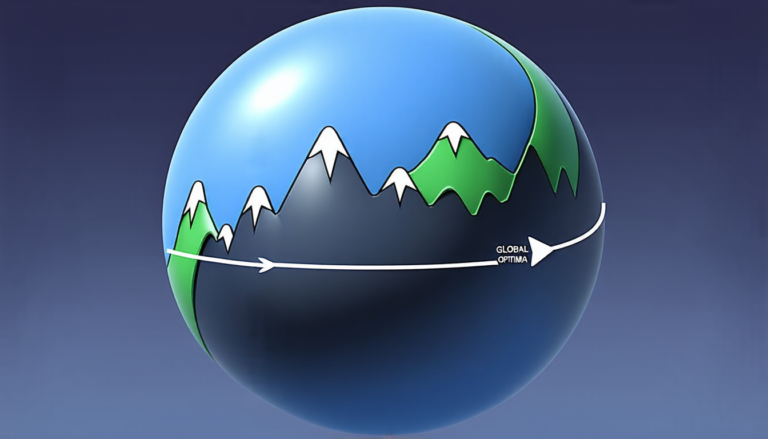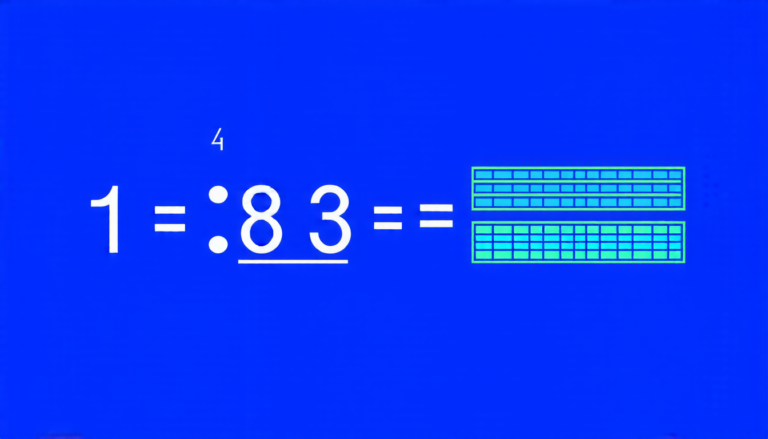Friday 28 March 2025
Mathematicians have made a significant breakthrough in understanding the intricate relationships between complex numbers, algebraic geometry, and modular forms. The discovery sheds new light on the behavior of K3 surfaces – geometric objects that were previously thought to be mysterious.
K3 surfaces are three-dimensional spaces that arise from the intersection of four planes in eight-dimensional space. They have a unique property: their shape is determined by the symmetries they exhibit, rather than being fixed by external factors. This makes them fascinating objects for mathematicians to study, as they offer a glimpse into the underlying structure of mathematics.
The breakthrough came when researchers were able to link K3 surfaces to complex numbers and algebraic geometry. By analyzing the properties of these surfaces, they discovered that certain patterns emerged – patterns that were tied to modular forms, which are mathematical objects used to describe the behavior of complex numbers.
Modular forms are a fundamental concept in number theory, but they have long been difficult to work with. The discovery of this link between K3 surfaces and modular forms offers a new way to understand these complex mathematical objects. It also opens up new avenues for research, as mathematicians can now explore the connections between K3 surfaces and other areas of mathematics.
The researchers used advanced computational techniques to analyze the properties of K3 surfaces and identify the patterns that emerged. They discovered that certain algebraic structures were present in the surfaces, which allowed them to make predictions about their behavior. These predictions were then tested using computer simulations, which confirmed the accuracy of the mathematical models.
This breakthrough has significant implications for our understanding of mathematics as a whole. It shows that K3 surfaces are not isolated objects, but rather part of a larger web of connections between different areas of mathematics. This insight can be used to develop new mathematical tools and techniques, which will have far-reaching consequences in fields such as physics and computer science.
The discovery also highlights the importance of interdisciplinary research. Mathematicians often work in isolation, focusing on specific areas of study. However, this breakthrough demonstrates that by combining insights from different areas of mathematics, researchers can make significant progress.
As mathematicians continue to explore the connections between K3 surfaces and modular forms, they are likely to uncover even more surprising patterns and relationships. This research has the potential to revolutionize our understanding of mathematics, and it is an exciting time for anyone interested in this field.
Cite this article: “Breaking Down Barriers: Mathematicians Uncover Hidden Patterns in K3 Surfaces”, The Science Archive, 2025.
Complex Numbers, Algebraic Geometry, Modular Forms, K3 Surfaces, Geometric Objects, Symmetries, Mathematical Structure, Number Theory, Computational Techniques, Interdisciplinary Research.







